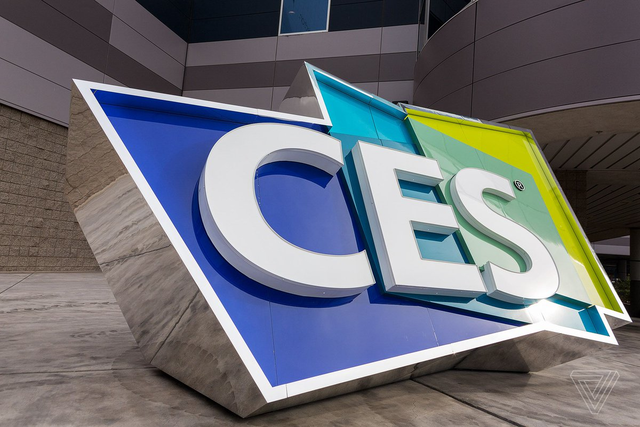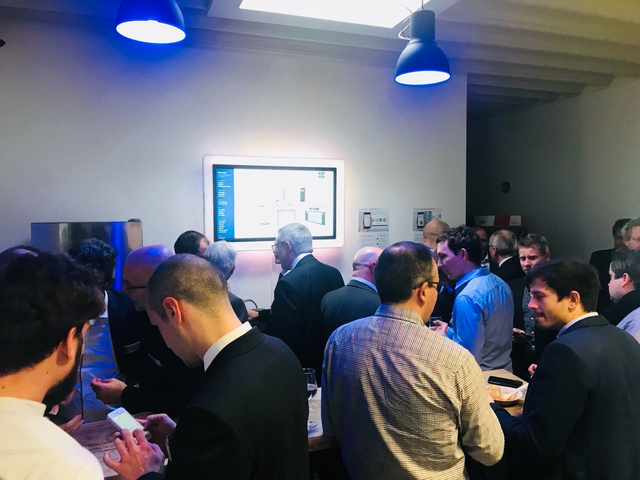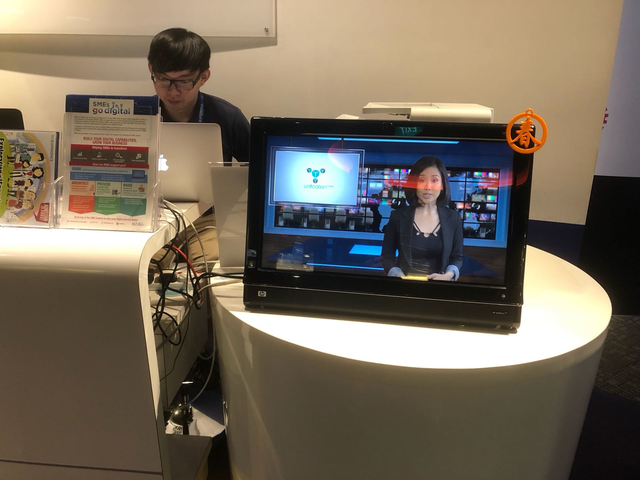It’s October. The fourth quarter. How many industry trade shows and conferences have you been to this year. Two? Six? Can’t remember? From Dubai to Berlin and Singapore to Las Vegas the dominant theme at every single technology event I’ve attended this year has been that “everything” will be connected (and smart!).
 For companies who manufacture, this is a generational transformation, a complete digital transformation of our businesses and critically, of our business models. It makes completely new revenue streams possible — “Hey, my products can now generate revenues from subscription services!” — and challenges (they call it disruption for a reason).
For companies who manufacture, this is a generational transformation, a complete digital transformation of our businesses and critically, of our business models. It makes completely new revenue streams possible — “Hey, my products can now generate revenues from subscription services!” — and challenges (they call it disruption for a reason).
The question I was most frequently asked at this time last year was “What,” “What should my company be doing right now to take the best advantage of this exploding, trillion-dollar market opportunity smart city, and smart enterprise (industry 4.0) solutions?” This year, however, the question has shifted. I am now being asked “How,” “How do I enable my people to make this transformation happen?”
Whether your company is a startup or a centenarian, digital transformation requires change. Change requires people. And people require a solid HR strategy to enable your business to meet its objectives for 2018 and beyond. From working hands-on with companies in Asia, Europe, the US, and the Middle East who are rapidly making these changes to meet their customers’ and shareholders’ needs, following below are my four “people recommendations” for the successful, people-powered digital transformation of your business:
Select Your Leader
I see so many companies debating whether they need a “Chief Data Officer.” Don’t get stuck in the sand. Create and staff a new C-level position to lead your company’s digitalization efforts, both within and outside of the company. Start by defining the duties of the role. Key skills will include new business modeling, extreme problem-solving, and deep entrepreneurial skills. You want someone with experience building ecosystems and global strategic partnerships, especially with your competitors.
The two temptations to avoid in staffing this critical new business leadership role are hiring a “purchasing agent” or a “lawyer.” This is not an IT or a purchasing leadership role, your company already has these. While this person always takes costs into consideration, their focus must be on creating and delivering new value to your business, your distributors (if you don’t sell directly), and your customers. Likewise, this is not a legal leadership role. Yes, this person must proactively care for data protection, including GDPR compliance (it’s not just here, it’s spreading), but she or he must find ways to proactively manage the risks involved with the new data monetization strategies they create to meet your company’s ever-increasing revenue and margin objectives.
Start Communicating, Today
Change is almost always uncomfortable for people (including your distributors, suppliers, and partners, not just your employees), and people will not hesitate to fill in any gaps with rumors and speculation. You must constantly communicate and evangelize your new ecosystem internally and externally. For employees and contractors, create the environment in which people want to work — success depends on your people feeling informed, empowered, and excited about the changes, both those already in process and those still to come.
Take the time to identify your critical audiences (i.e., department heads, employees, partners, dealers, customers, industry influencers, trade media, etc.). Communicate on a frequent, regular schedule in the most appropriate formats and on the most appropriate channels for each of your different target audiences. Please note that these new communications are in addition to all of the existing communications channels managed by your Corporate Communications and HR departments.
Test for understanding. What you’re doing is new to everyone, so don’t expect them to immediately get it and/or to get it right. And use internal “citizen journalism.” Tap the people most impacted by the changes you’re making to “report” out and help their peers to understand what is happening and why from their perspectives and in their own words. Peer-level (as opposed to top-down) communications will be viewed as more credible, especially when it’s coming from the people most directly and immediately impacted by the changes being made.
Build the Team
Build out this new C-level team. Start small, but look for people with different complex project management experiences. You want to bring people together who have demonstrated they understand how to make things happen within your company’s unique culture and processes. Said differently, when the CXO is an external hire, it’s important to include team members who deeply understand how “things get done” in your company. Target people who have a strong track record of successfully navigating wrenching, disruptive change, people who excel at achieving tough objectives through others (i.e., matrixed, dotted-line, and non-direct reporting relationships), and people with diverse academic, professional, and life experiences.
Experience the Technology
Companies can get so focused on using their new capabilities with customers that they can miss how critical it is for them to be able to use their own innovations internally, or in Silicon Valley-speak, to “eat their own dog food.” To engage and excite employees from the start, identify a single, shared pain point and then use smart connectivity to eliminate it. Letting employees experience what these new capabilities can do to make their own lives easier, emotionally engages them in ways a PowerPoint never will.
The bottom line is that the rush is on. With 2019 right around the corner, your challenge is to build both the technical (i.e., electronics, sensors, cloud, open APIs, single sign-on, etc.) and organizational (i.e., people!) infrastructure required to support the delivery of these new service-based revenues. There is no greater incentive than knowing that those who successfully transform their businesses will be quickly swallowing up those who don’t!
This is a Sponsored Post* by UIB.
All information/views/opinions expressed in this article are that of the author. This Website may or may not agree with the same. Images have also been supplied by the author. This Website has been given prior permission by UIB to re-publish this post.
*Sponsored posts are Content produced by a company that is either paying for the post or has a business relationship with this Website or its holding firm New Age Content Services LLP, and the posts are always clearly marked. Content produced by our editorial team is never influenced by advertisers or sponsors in any way. For more information, contact administrator (at) theinternetofallthings.com
About the Author
The #1 Internet of Things (IoT) expert on social media and the fourth most-followed CMO worldwide on Twitter, Ken is the Chief Marketing Officer for Singapore-based intelligent IoT messaging company UIB.
A graduate of the Stanford Graduate School of Business’ Marketing Management Program, Ken earned his Master’s degree in International Management from the Thunderbird School of Global Management.
Ken hosted the award-winning Social Solutions podcast for seven years and is a popular author and frequent speaker on digital transformation and leveraging new technologies to emotionally connect companies to their customers. Follow Ken on Twitter at @KenHerron!


